E minor scale notes piano 225145-E minor scale notes piano
Pentatonic scale in Debussy's Voiles, Preludes, Book I, no 2, mm 43–45 Play (help · info) A pentatonic scale is a musical scale with five notes per octave, in contrast to the heptatonic scale, which has seven notes per octave (such as the major scale and minor scale) Pentatonic scales were developed independently by many ancient civilizations and are still used in various musicalNatural Minor Scales with Sharps Here are the natural minor scales with sharps in their key signatures E Natural Minor E F# G A B C D E (Relative minor of G Major) B Natural Minor B C# D E F# G A B (Relative minor of D Major) F# Natural Minor F# G# A B C# D E F# (Relative minor of A Major)C Major (notes C E G) D Minor (notes D F A) E Minor (notes E G B) F Major (notes F A C) G Major (notes G B D) A Minor (notes A C E) B Diminished (notes B D F) See harmonizing major scales into chords An easy way to start improvising on the piano is to play major scales together with the chords that use the same notes
The E Minor Scale Three Types How To Form
E minor scale notes piano
E minor scale notes piano-E Harmonic Minor The big list of chords and scale notes Scale notes E, F#, G, A, B, C, D# MIDI file scale_e_harmonic_minormid (includes scale notes and chords) Other root notes C , C# , D , D# , E , F , F# , G , G# , A , A# , B Other scales List of available scalesThe 1st note of the E minor pentatonic scale is E 2 The 2nd note of the E minor


E Minor Wikipedia
Natural Minor Scales with Sharps Here are the natural minor scales with sharps in their key signatures E Natural Minor E F# G A B C D E (Relative minor of G Major) B Natural Minor B C# D E F# G A B (Relative minor of D Major) F# Natural Minor F# G# A B C# D E F# (Relative minor of A Major)In contrast, the E natural minor scale has a whole tone (two halftones / semitones, two notes on the piano keyboard) between the 7th and 8th notes, and the 7th note does not lean towards the 8th note in the same way In this case, the 7th note is called the subtonic Keys in the harmonic minor scaleE – F♯ – G – A – B – C – D – E are the notes of the E minor scale Diatonic chords are formed by stacking two generic third notes above each scale note E Minor Diatonic Chords These are the seven minor scale diatonic chords that come from the E minor scale
The E natural minor scale has 1 sharp This minor scale key is on the Circle of 5ths E minor on circle of 5ths, which means that it is a commonly used minor scale key Middle C (midi note 60) is shown with an orange line under the 2nd note on the piano diagram These note names are shown below on the treble clef followed by the bass clefBy using the notes of the E Minor scale, we can build the following fournote seventh chords E MinorMajor 7th E G B D# F# Halfdiminished F# A C E A Minor 7th A C E G B Dominant 7th () B D# F# A C Major 7th C E G B D diminished 7th D# F# A CWelcome to Musical Scales and Chords This site is geared to playing musicians and composers We developed some tools while playing and composing that helped us in our work At first the tools were just a list of relationships that we used to help us find scales and chords
Em11 Piano Chord Em11 for Piano has the notes E G B D A Listen to it and learn about its interval structure R m3 5 m7 11 Em11 Chord Full name E minor eleventh AKA Eminor11 Emin11 Em7/11 Em7(add11) E7(add11) E7/11 Emin7/11 Emin7(add11) Em7/4 Em7(add4) E7(add4) E7/4 Emin7/4 Emin7(add4) Piano sound On this pageMuch of the classical guitar repertoire is in E minor, as this is a very natural key for the instrument In standard tuning (E A D G B E), four of the instrument's six open (unfretted) strings are part of the tonic chord The key of E minor is also popular in heavy metal music, as its tonic is the lowest note on a standardtuned guitar Notable compositionsHarmonic Minor Primary Chords



D Minor Scale On Piano Piano Scale Lessons Right And Left Hand Youtube



Understanding Piano Scales Major Minor And Blues Scales Updated 21
Much of the classical guitar repertoire is in E minor, as this is a very natural key for the instrument In standard tuning (E A D G B E), four of the instrument's six open (unfretted) strings are part of the tonic chord The key of E minor is also popular in heavy metal music, as its tonic is the lowest note on a standardtuned guitar Notable compositionsThis step shows the E minor pentatonic scale on the piano, treble clef and bass clef There are 5 pentatonic scale notes plus the octave of the tonic note a total of 6 notes The E minor pentatonic scale has no sharp or flat notes Middle C (midi note 60) is shown with an orange line under the 2nd note on the piano diagramHarmonic Minor Primary Chords



Piano Chords In The Key Of E Minor Em Emin Youtube
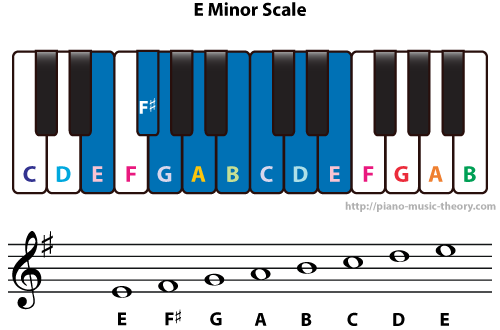


E Natural Minor Scale Piano Music Theory
E Minor Scale Fournote chords Degrees im7 iiø IIImaj7 ivm7 vm7 VImaj7 VII7 NotesPiano chord name Em (E minor) Piano sound Notes and structure E G B (R m3 5) ChordThe Major and Minor Bebop scales can be used for improvising/soloing in jazz The most straightforward approach is to play a scale with the same root note as the key in the jazz tune Perhaps you also notice that it is a sort of merging between the Natural Minor and Harmonic Minor regarding their relative major scales



Grade 2 Scales And Arpeggios My Piano Teacher
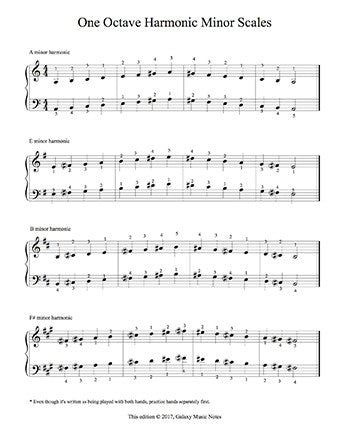


Free Piano Exercise 1 Octave Harmonic Minor Scales In 12 Keys
E Chord Structure Notes E Ab B Interval structure R 3 5 Chord construction R = E EPiano Minor arpeggios Close related to the Minor Scales are these arpeggios, based on minor triads (threenote chords) The patterns shown in the diagrams below can be played all over the keyboard and with both hands The general fingerings are (right hand ascending) 1, 2, 3, 1, 2, 3 To accomplished this the thumb goes under the hand to the next octave and the long finger is used as pivot fingerE Melodic Minor Scale Tonic The 1st note of the E melodic minor scale is E Major 2nd The 2nd note of the scale is F# Minor 3rd The 3rd note of the scale is G Perfect 4th The 4th note of the scale is A Perfect 5th The 5th note of the scale is B Major 6th The 6th note of the scale is C#



All Major And Minor Scales Including Fingering For Piano Oktav



How To Play E Minor Guitar Scales Fender Play
Below are the Primary and Secondary chords of the E harmonic minor scale Remember the notation – capital romans for major chords, small romans for minor chords, small romans followed by ° for diminished chords, and small romans followed by for augmented chords Primary Triads (Chords) in the Key of E MinorE minor chord for piano (including Em/G and Em/B inversions) presented by keyboard diagrams Explanation The regular E minor chord is a triad, meaning that it consists of three notes The chord is often abbreviated as Em (alternatively Emin) Theory The E minor chord is constructed with a root, a minor third An interval consisting of three semitones, the 3rd scale degree and a perfect fifth An interval consisting of seven semitones, the 5th scale degreeThe following chords are the most important four note chords of this scale Emin7 (i7) , G3, , D4 F#min7b5 (iiø7) F#3, A3, C4, E4 Gmaj7 (III7) G3, , D4, F#4 Amin7 (iv7) A3, C4, E4, G4 Bmin7 (v7) , D4, F#4, Cmaj7 (VI7) C4, E4, G4, B4 Ddom7 (VII7) D4, F#4, , C5



Free Piano Exercise 5 Finger Minor Scales In 12 Keys



D Sharp Minor And E Flat Minor Scales Piano Music Theory
To build our last primary chord we would start with the fifth note of the scale E To build the triad, we would play a root, a third and a fifth off the E, using the notes of the A minor scale Here's what we get E – G – B These are each minor chords Anytime we build primary chords using a natural minor scale, they will all be minor So as a shortcut, you could just play minor chords built off the first, fourth and fifth notes of any natural minor scale!The notes of the E flat natural minor scale are E♭, F, G♭, A♭, B♭, C♭, and D♭ This scale has 6 flats Highly Recommended Click here for the BEST piano/keyboard course I've come across online Let's take a look at the intervals of the Eb minor scaleIf you're familiar with Major and minor chords, you know that it's the 3rd (middle note) that differentiates both of these chords to give them their Major and minor sound Just as you have Major and minor chords, you have Major and minor keys I use the word key synonymously with the word scale just so you know



Pin On Scales



Minor Keys
ABCDEFGA In the A minor harmonic scale, we raise the 7th note, turning G into G# ABCDEFG#A (Want to know why there are different types of minor scales?The 1st note of the E natural minor scale is E 2 Emaj2nd The 2nd note of the EE♭ – F – G♭ – A♭ – B♭ – C♭ – D♭ – E♭ are the notes of the E flat minor scale Diatonic chords are formed by stacking two generic third notes above each scale note E Flat Minor Diatonic Chords These are the seven minor scale diatonic chords that come from the E flat minor scale Each diatonic chord is labelled with a roman numeral number All natural minor scales follow the same patten
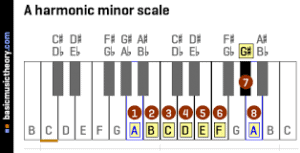


Understanding Piano Scales Major Minor And Blues Scales Updated 21


C Sharp Minor Scale Natural Harmonic And Melodic
The 1st note of the Esharp natural minor scale is E# 2 E#maj2nd The 2nd note of theE – F♯ – G – A – B – C – D – E are the notes of the E minor scale Diatonic chords are formed by stacking two generic third notes above each scale note E Minor Diatonic Chords These are the seven minor scale diatonic chords that come from the E minor scaleE minor chord for piano (including Em/G and Em/B inversions) presented by keyboard diagrams Explanation The regular E minor chord is a triad, meaning that it consists of three notes The chord is often abbreviated as Em (alternatively Emin)
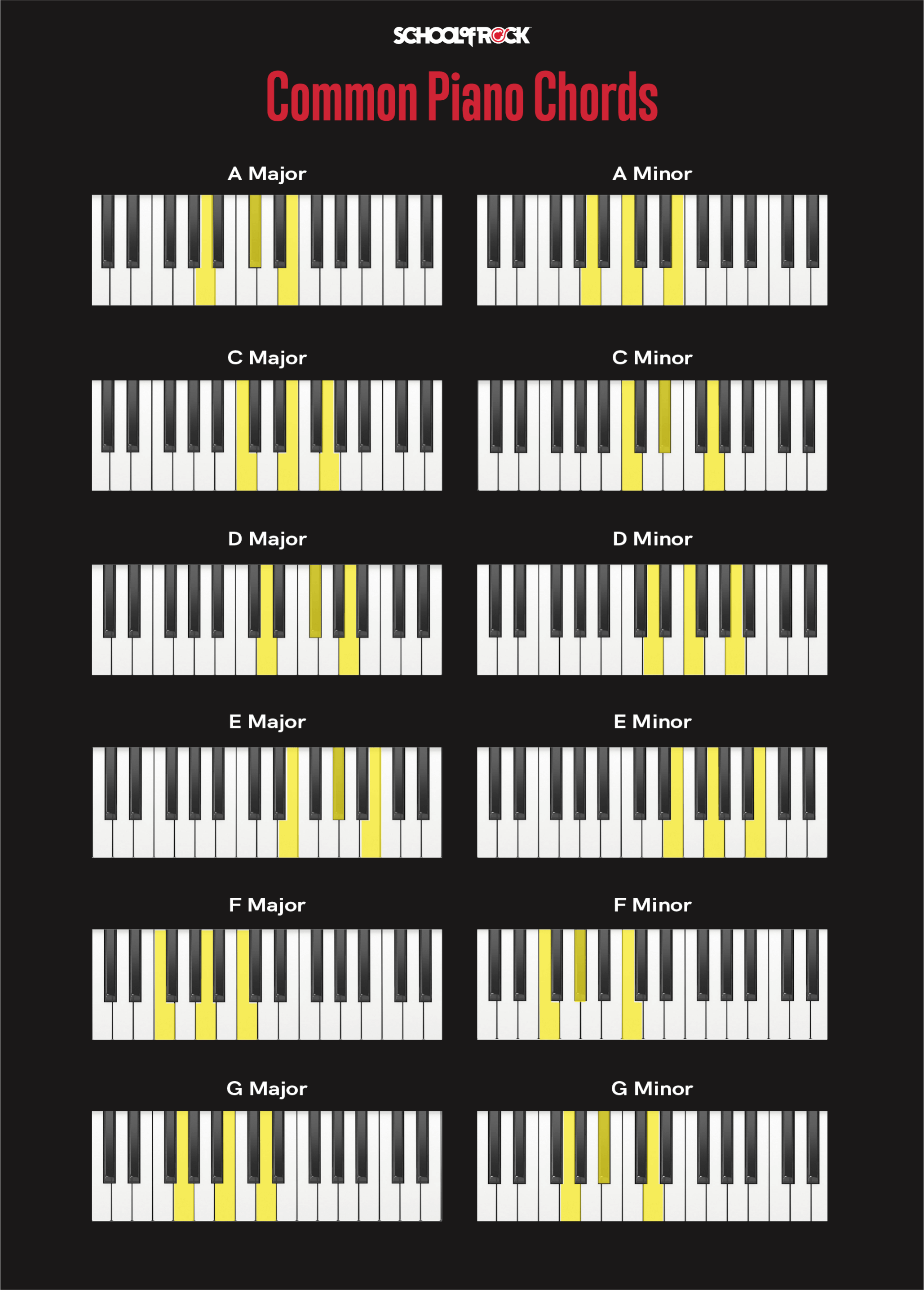


Piano Chords For Beginners School Of Rock
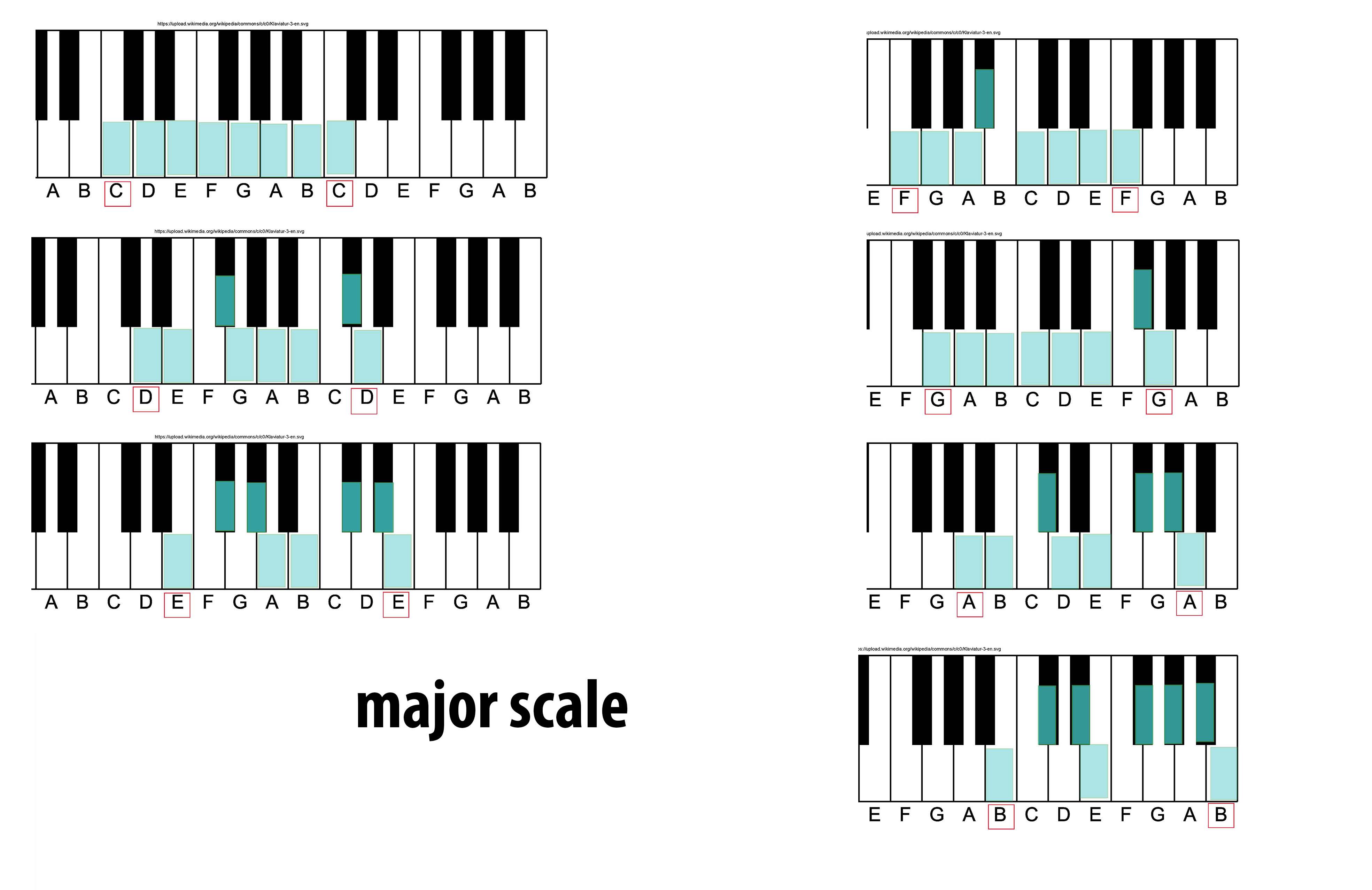


Major Scale Wikipedia
The 1st note of the E natural minor scale is E 2 Emaj2nd The 2nd note of the EThe E harmonic minor and melodic minor scales are Much of the classical guitar repertoire is in E minor, as this is a very natural key for the instrument In standard tuning (E A D G B E), four of the instrument's six open (un fretted ) strings are part of the tonic chordThe notes of the E minor natural scale are E F# G A B C D Chords in natural minor keys follow the pattern, minor diminished major minor minor major major i – E minor, E minor seventh (Emin, Emin7) iidim – F# diminished, F# minor seventh flat five (F#dim, F#m7b5) III – G major, G major seventh (Gmaj, Gmaj7) iv – A minor, A minor seventh (Amin, Amin7) v – B minor, B minor seventh (Bmin, Bmin7) VI – C major, C major seventh (Cmaj, Cmaj7) VII – D major, D dominant seventh (Dmaj


Http Static1 Squarespace Com Static d8e4b052dd15ceadff T 572fe531ab48de6fc70 Ameb Pfl Overview Pdf



Fundamental Music Theory Series Arpeggios Philip Wesley
The 1st note of the Esharp natural minor scale is E# 2 E#maj2nd The 2nd note of theG#m(maj7)#5/E for Piano has the notes G# B E G Listen to it and learn about its interval structure R m3 #5 7Piano Scales Chart C C# Db D D# Eb E F F# Gb G G# Ab A A# B Show All E Scales Hide Scales List E Major E Major pentatonic E Minor pentatonic E Dorian E Phrygian E Lydian E Mixolydian E Aeolian E Locrian E Blues E Harmonic Minor E Melodic Minor
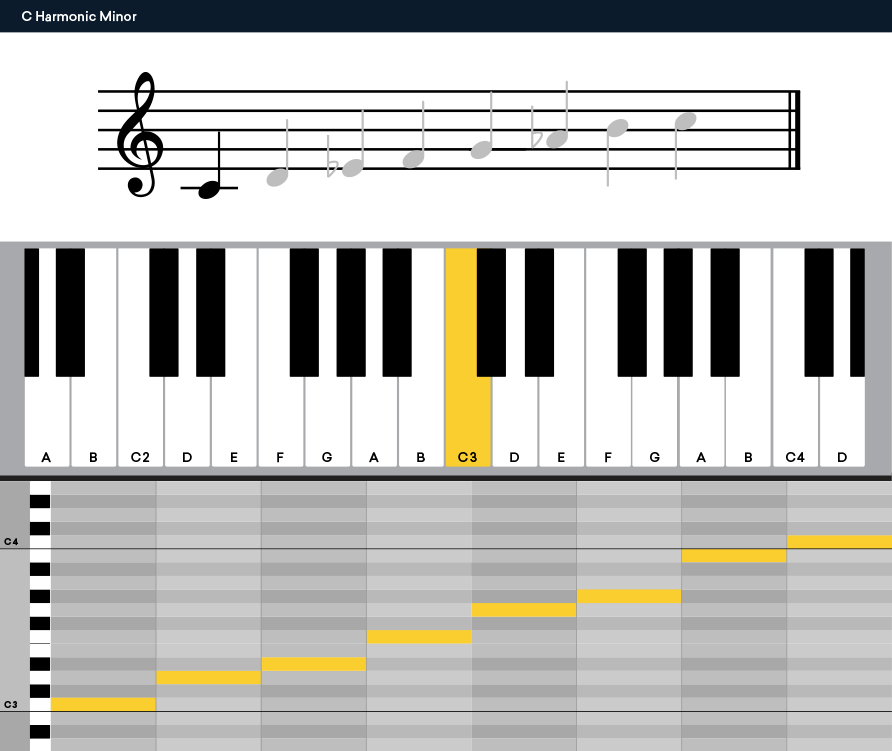


Minor Scales How To Make Sad Music Landr Blog


The E Flat Minor Scale Eb Minor Scales On Piano Treble And Bass Clef Natural Melodic Harmonic Minor Scale
E Notes E, F#, G#, B, C#, E Fingering (LH) 4, 3, 2, 1, 2, 1 Fingering (RH) 1, 2, 3, 1, 2, 3The E minor chord VII 7 is the D dom 7 chord, and contains the notes D, F#, A, and C This subtonic 7th chords root / starting note is the 7th note (or scale degree) of the E natural minor scale The roman numeral for number 7 is ' VII', and is used to indicate this is the 7th chord in the scaleRemember, the melodic minor is only used on the ascending scale When coming down the scale you use the natural minor All The Minor Scales For Piano Hopefully this lesson has helped you understand the 3 different minor scales Ideally, you should try playing the minor scales on a piano or keyboard to get used to the sound and feel of them Here are all the minor scales (natural, harmonic



B Natural Minor Scale Piano Music Theory



The Minor Scales Music Theory Academy
E Harmonic Minor The big list of chords and scale notes Scale notes E, F#, G, A, B, C, D# MIDI file scale_e_harmonic_minormid (includes scale notes and chords) Other root notes C , C# , D , D# , E , F , F# , G , G# , A , A# , B Other scales List of available scalesTo build our last primary chord we would start with the fifth note of the scale E To build the triad, we would play a root, a third and a fifth off the E, using the notes of the A minor scale Here's what we get E – G – B These are each minor chords Anytime we build primary chords using a natural minor scale, they will all be minor So as a shortcut, you could just play minor chords built off the first, fourth and fifth notes of any natural minor scale!E Minor Notes E, F#, G, A, B, C, D, E Fingering (LH) 5, 4, 3, 2, 1, 3, 2, 1 Fingering (RH) 1, 2, 3, 1, 2, 3, 4, 5



The Minor Scales Music Theory Academy


Q Tbn And9gcsagcus Gekpi2mo9rejvk9r5nhvrauaci4oyosciolragkfz4j Usqp Cau
Starting from any key on the piano you can play a scale A scale is a series of notes (pitches) arranged from lowest to highest The most common scales when playing the piano, are Major and Minor scales From each key on the piano you can start either a major or a minor scaleThe E Minor Scales Here are the E Minor Scales the natural minor scale, the melodic minor scale, and the harmonic minor scale Fingerings are included Learn the scales ascending and descending First, try one octave, and then try two octavesC Major (notes C E G) D Minor (notes D F A) E Minor (notes E G B) F Major (notes F A C) G Major (notes G B D) A Minor (notes A C E) B Diminished (notes B D F) See harmonizing major scales into chords An easy way to start improvising on the piano is to play major scales together with the chords that use the same notes
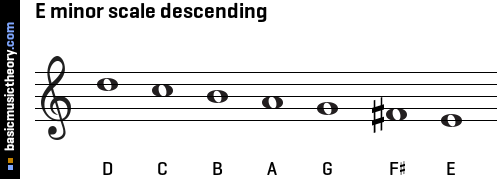


Basicmusictheory Com E Natural Minor Scale



How To Play Clarinet Scales E Minor Making Music Magazine
Check out this lesson for details!) Explore the top end of the scale (like EG#A), especially the G# The G# is what makes the A minor harmonic scale so special It really adds tension to the scale, and sounds beautiful when you resolve the G# back to A The Right Hand Melodic Minor ScaleNatural minor scales with sharps E Minor Scale E – F♯ – G – A – B – C – D – E B Minor Scale B – C♯ – D – E – F♯ – G – A – B F Sharp Minor Scale F♯ – G♯ – A – B – C♯ – D – E – F♯ C Sharp Minor Scale C♯ – D♯ – E – F♯ – G♯ – A – B – C♯The E minor chord i is the E minor chord, and contains the notes E, G, and B This tonic chord's root / starting note is the 1st note (or scale degree) of the E natural minor scale The roman numeral for number 1 is ' i' and is used to indicate this is the 1st triad chord in the scale It is in lower case to denote that the chord is a minor chord



What Are The Technical Names In Music What Do They Mean School Of Composition
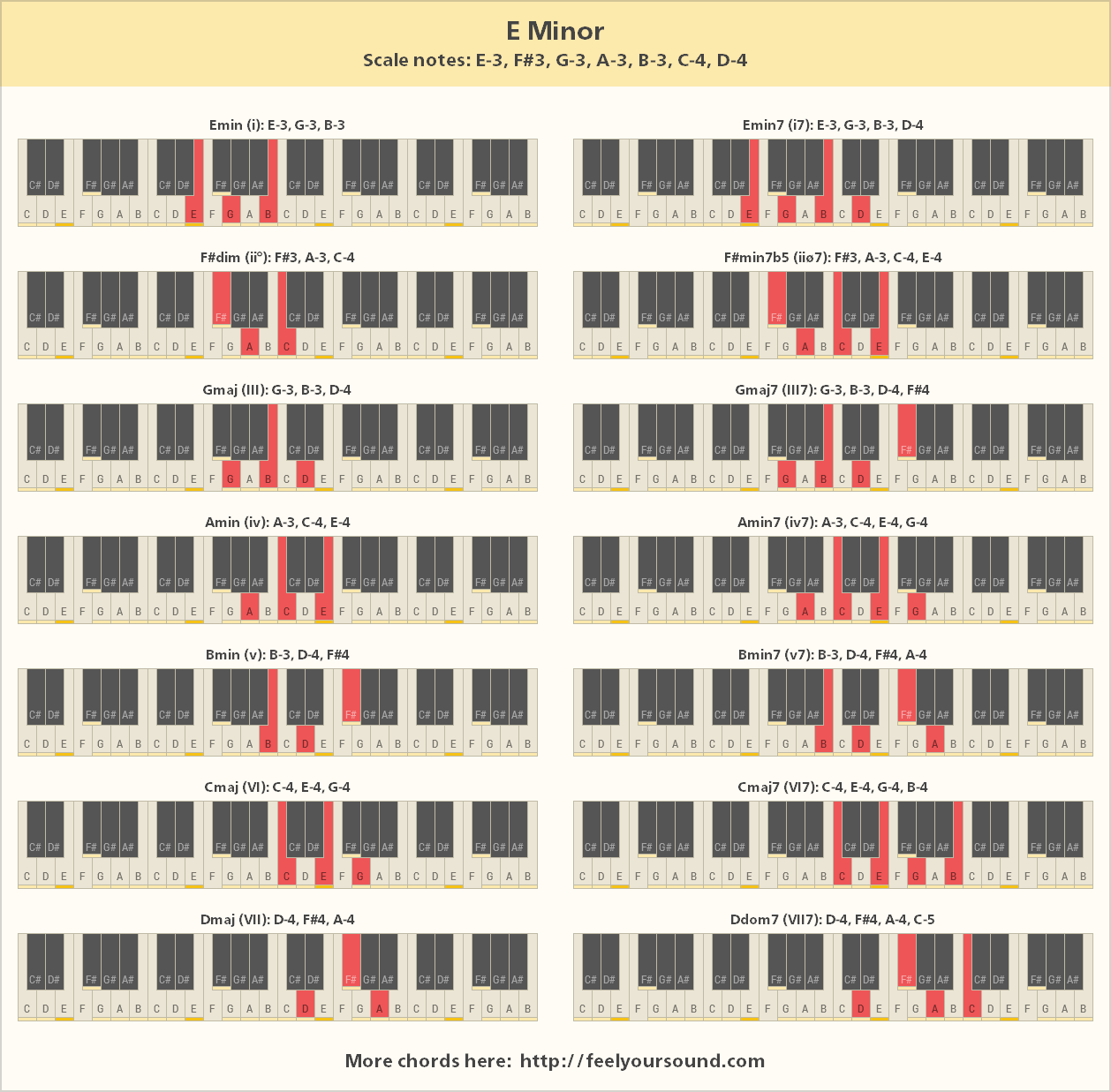


Chords And Scale Notes Of E Minor
E Notes E, F#, G#, B, C#, E Fingering (LH) 4, 3, 2, 1, 2, 1 Fingering (RH) 1, 2, 3, 1, 2, 3



E Major Scale Major Scale Minor Scale D Flat Major
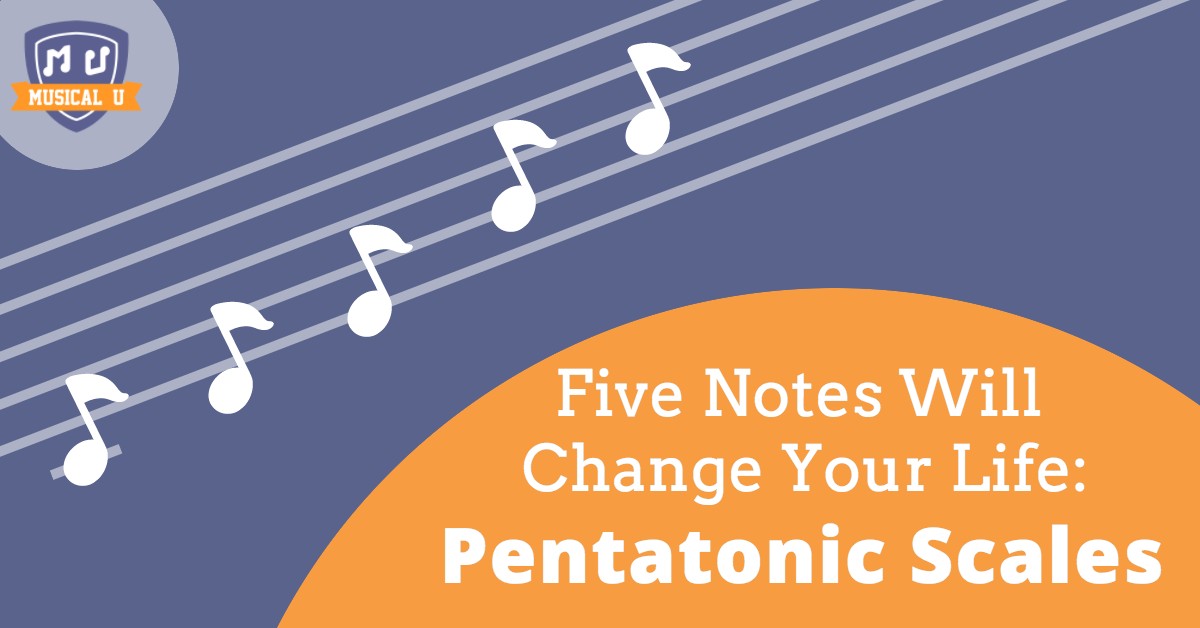


Five Notes Will Change Your Life Pentatonic Scales Musical U


Q Tbn And9gcrfqytmowz6kyknol91ytl2fm2aihn5xqcacqalrw5elmzghu Usqp Cau



Piano Minor Scales Overview With Pictures



Piano Chords For Beginners School Of Rock



Minor Chord Chart For All 12 Keys Learn How Minor Chords Are Constructed At Http Www Zebrakeys Com Piano Music Lessons Music Theory Piano Piano Chords Chart



How To Play E Minor Em E Min Chord On Piano And Keyboard Youtube
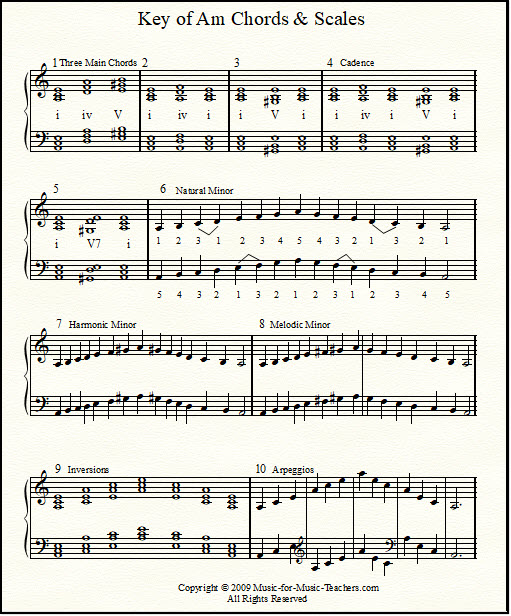


Harmonic Minor Scale And Chords Natural And Melodic Minor Piano Music Scales


The E Minor Scale Three Types How To Form



How To Play Minor Chords On The Piano Julie Swihart


The E Minor Scale Three Types How To Form



A Natural Minor Scale Piano Music Theory
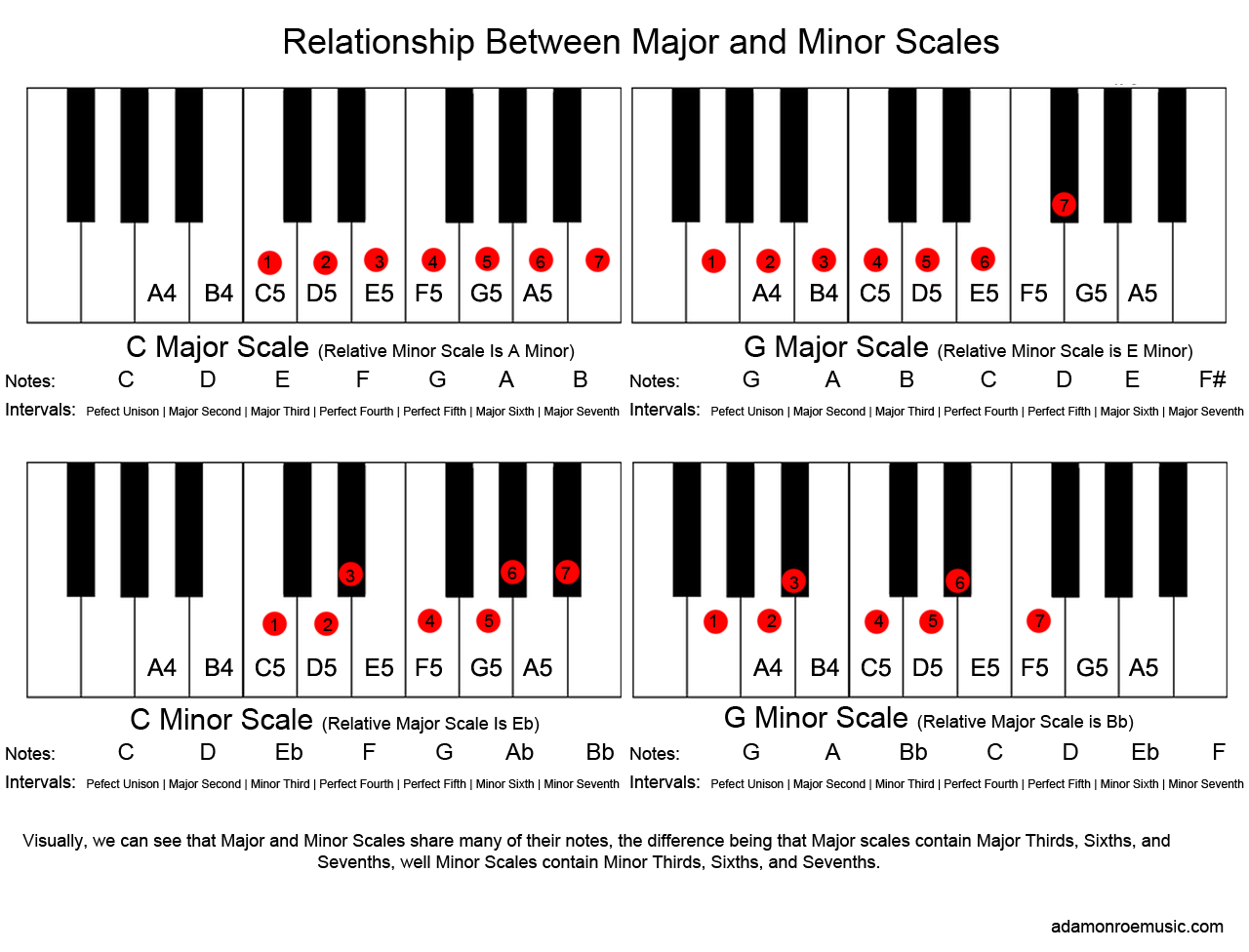


Adam Monroe Music Music Theory Lesson 2 Scales Key Signatures And Chords



E Minor Harmonic Piano Scale Piano Scale Lessons Youtube



E Minor Scale Piano Music Theory



E Minor Piano Chord Em Em G Em B
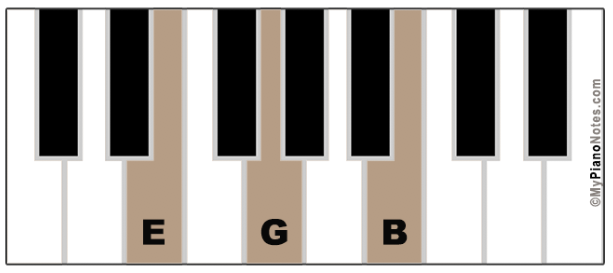


Chords In Key Of E Minor All Triads Extensions Piano Examples


E Minor Wikipedia
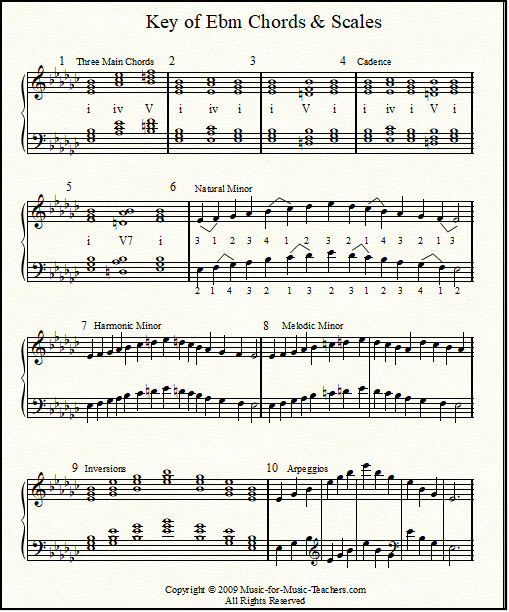


Harmonic Minor Scale And Chords Natural And Melodic Minor Piano Music Scales



Major And Minor Desi Scales In All 12 Keys With Flats And Sharps Piano Music Learn Piano Piano Scales
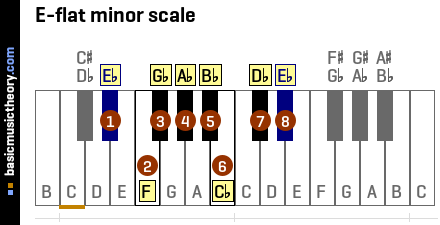


Basicmusictheory Com E Flat Natural Minor Scale



The Minor Scales Music Theory Academy


The E Minor Scale Three Types How To Form



G Natural Minor Scale Piano Music Theory
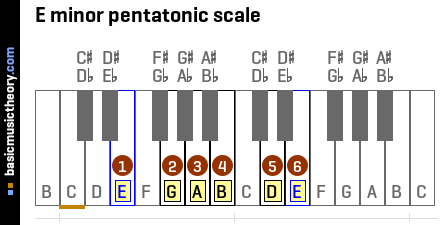


Basicmusictheory Com E Minor Pentatonic Scale
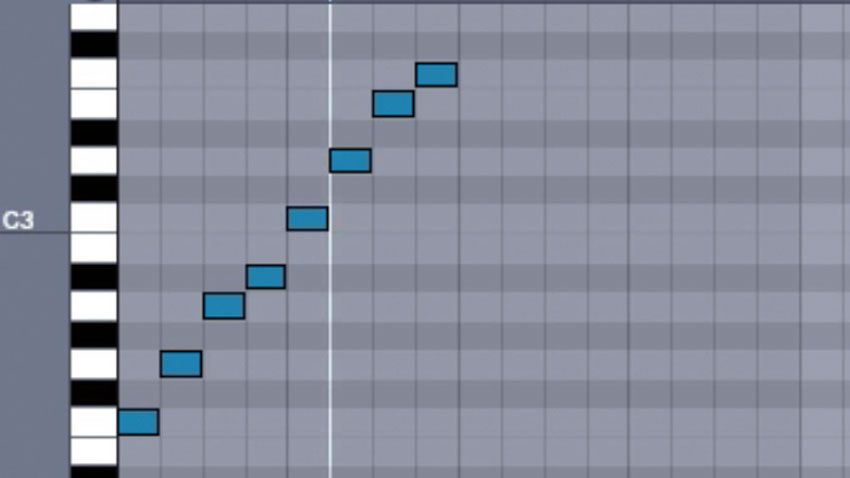


How To Understand Scales By Using Your Daw S Piano Roll Musicradar
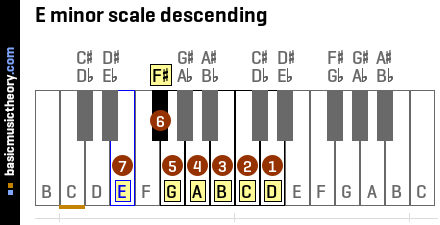


Basicmusictheory Com E Natural Minor Scale



The E Minor Scales
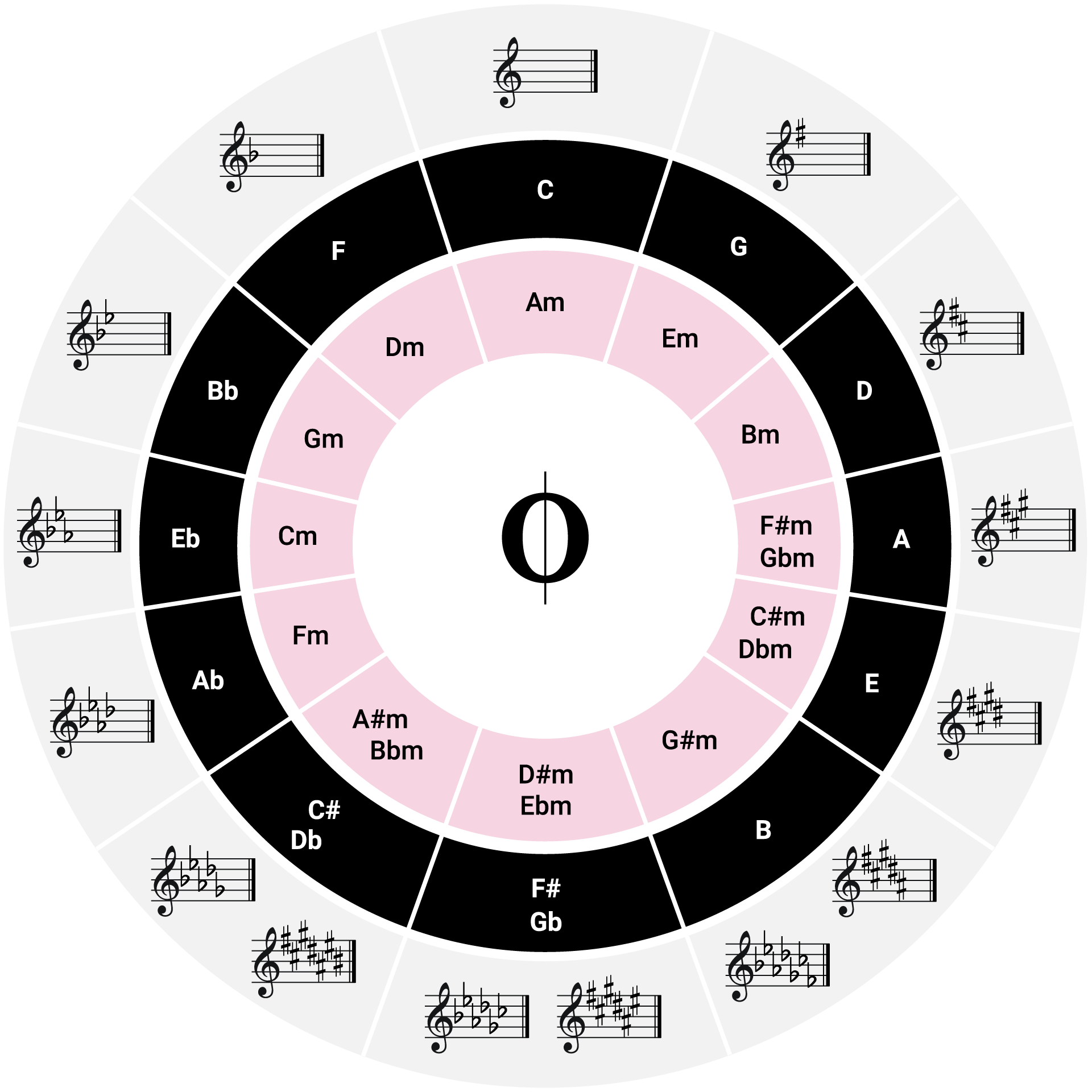


All Major And Minor Scales Including Fingering For Piano Oktav



C Major A Minor Scale Notes And Basic Chords For Piano
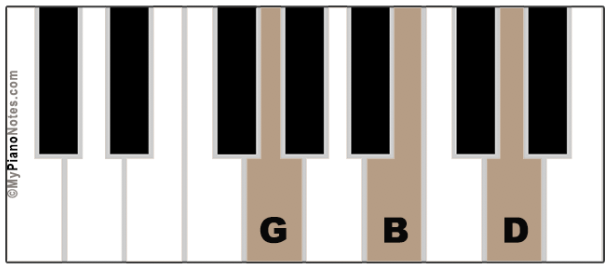


Chords In Key Of E Minor All Triads Extensions Piano Examples
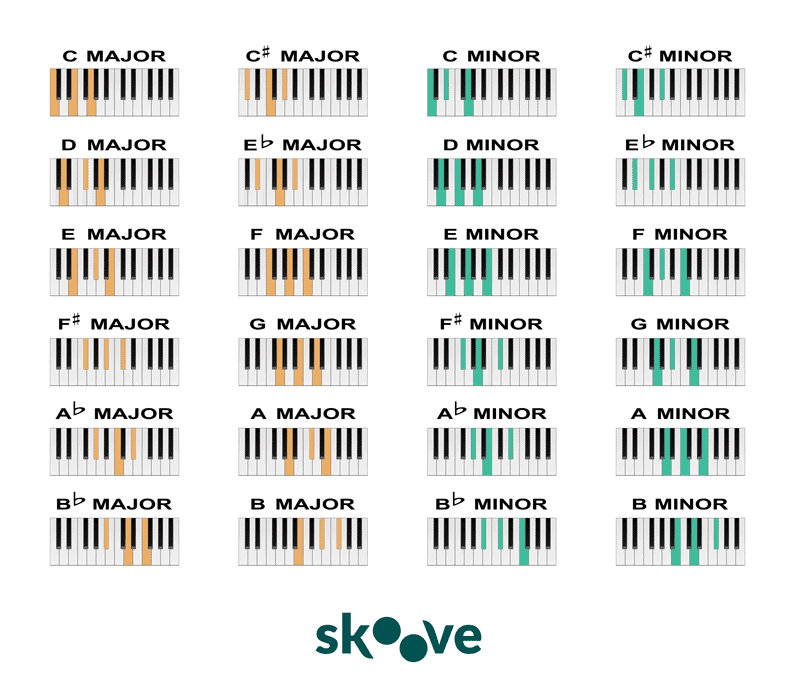


Basic Piano Chords For Beginners I Chords Chart Diagrams
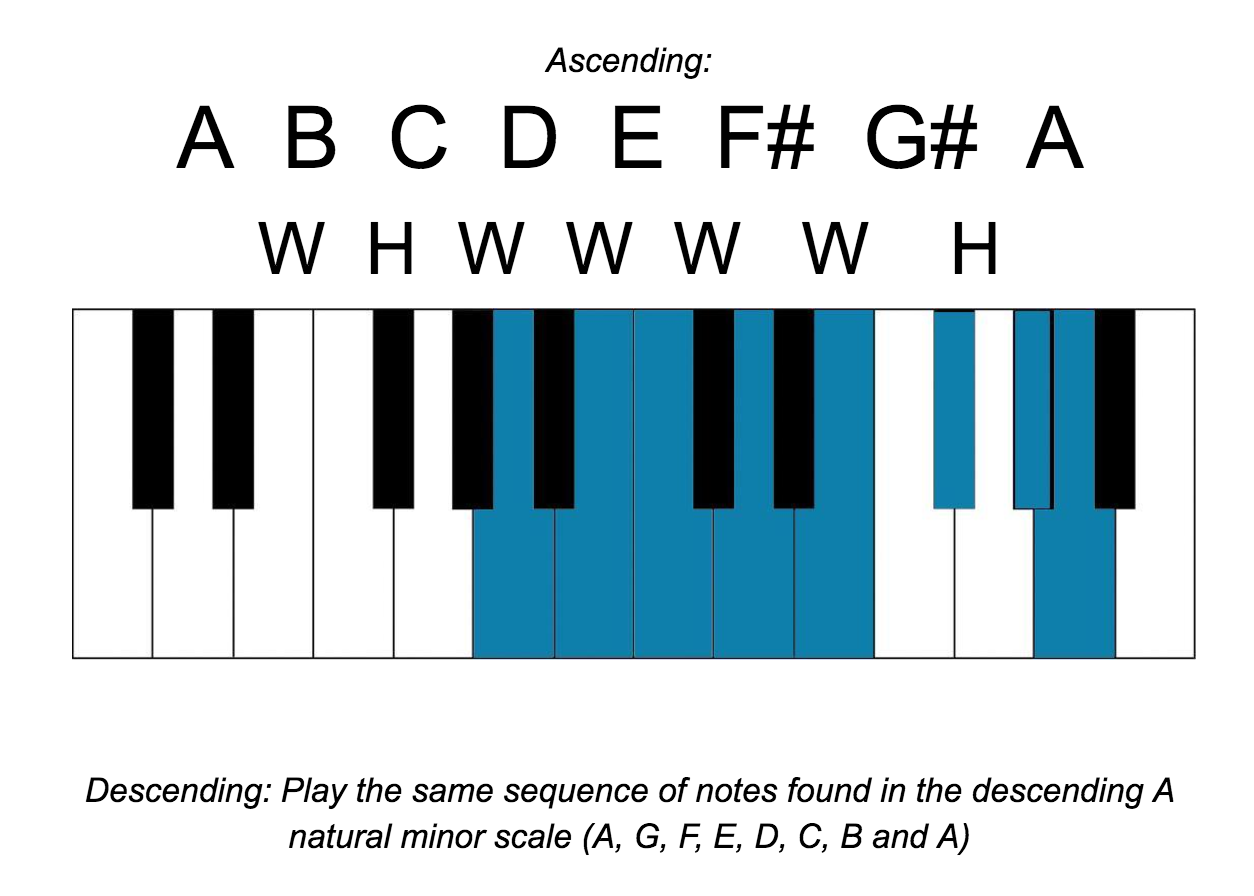


Minor Scales For Piano



All Major And Minor Scales Including Fingering For Piano Oktav


Take 5 And Learn About The Pentatonic Scale Piano Lesson On The Web


Chords In The Key Of E Minor



Relative Key Wikipedia



Minor Keys
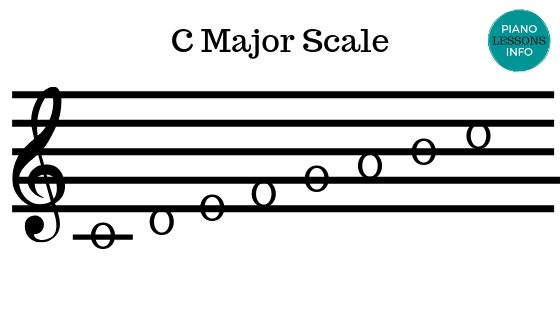


List Of Musical Scales



All Minor Arpeggios My Piano Teacher



Set Of Minor Scales C D E F G A B Piano Keyboards Top View Line With Key Signatures Musical Piano Songs Chords Piano Music Lessons Learn Piano Chords



Piano Chords And Pop Examples Wikibooks Open Books For An Open World


The Harmonic Minor Scale Hear And Play Music Learning Center



Amazon Com Music Piano Chords Major Minor Scale Notes Educational Chart Black Wood Framed Poster x14 Posters Prints



Chords And Scale Notes Of E Minor



E Minor Chord



Minor Scales In Music Piano Minor Scales Basics Of Minor Scales


The E Minor Scale Three Types How To Form



C Natural Minor Scale Piano Music Theory
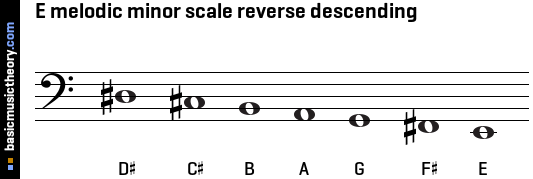


Basicmusictheory Com E Melodic Minor Scale


The E Minor Scale Three Types How To Form



D Natural Minor Scale Piano Music Theory


Natural Minor Scale
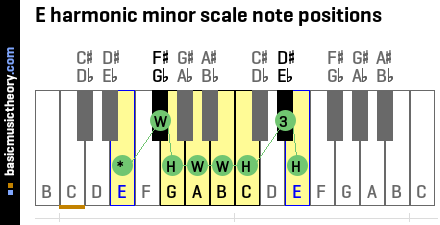


Basicmusictheory Com E Harmonic Minor Scale
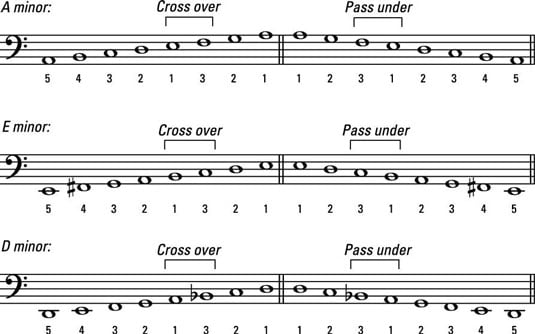


Left Hand Scales On The Piano Dummies



C Major A Minor Scale Notes And Basic Chords For Piano



The Melodic Minor Scale Scale Music Music Theory Lessons Music Composition



Pin By Play Piano Read Music On Musical Therapist Piano Music Piano Chords Piano Chords Chart


Q Tbn And9gcqxqjes1brkxfgx4fiefmmqjxflo06wyz5zlunkeli86mp Omql Usqp Cau



How To Form And Play E Harmonic Minor Scale On Piano Youtube



How To Play The E Minor Chord On Piano And Keyboard Em Emin Youtube



Primary Chords In The Key Of E Minor On Piano I Iv V Youtube



Basicmusictheory Com E Melodic Minor Scale
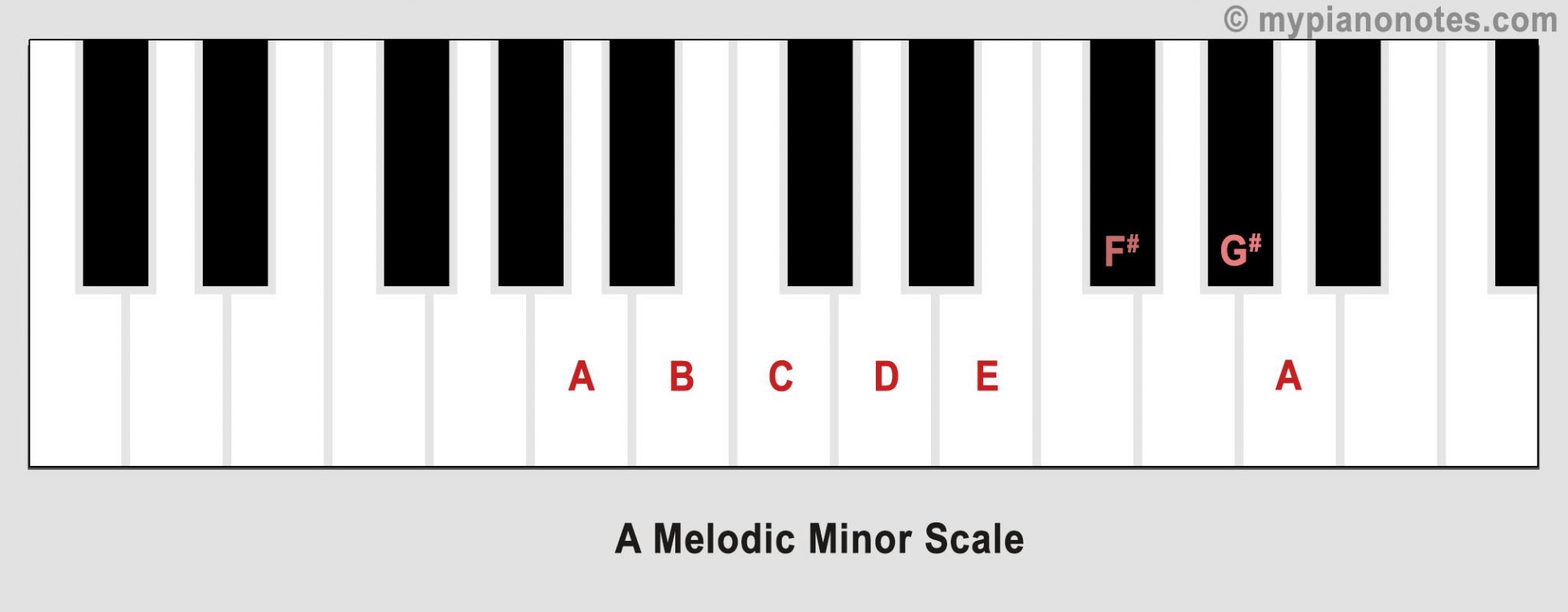


Piano Scales Complete Guide With Examples



Why Are There 3 Different Minor Scales Free Online Piano Lessons The Note Pianote Lisa Witt


Q Tbn And9gctecd569iuarpbjhgfjq0oygbvwu39r6h2l4icp4suyinlbhraw Usqp Cau
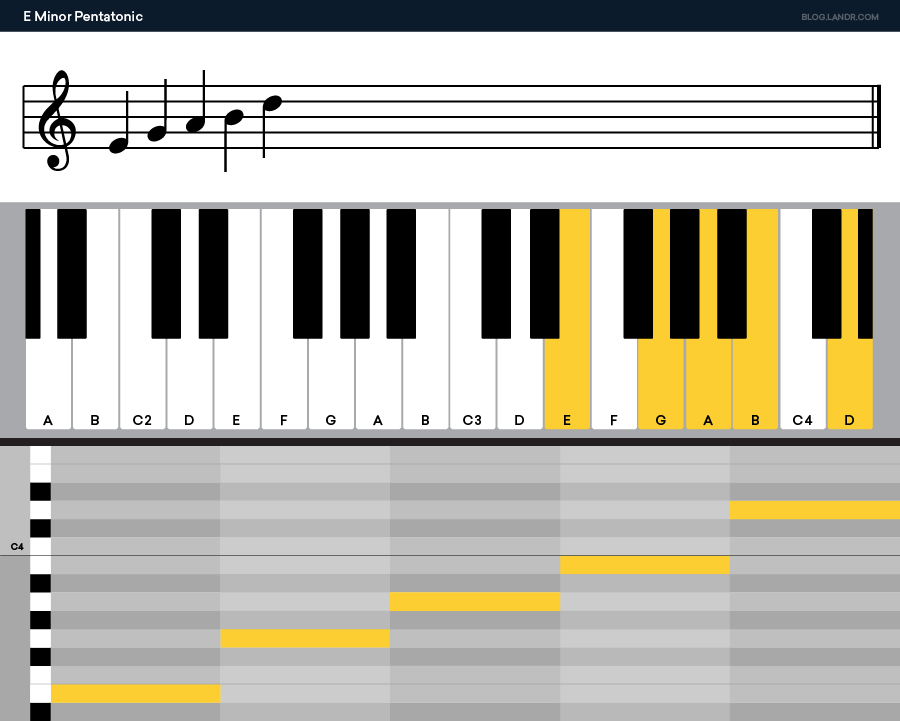


The Blues Scale How To Use It In Your Music Landr Blog



F Sharp Natural Minor Scale Piano Music Theory



Learning To Play Natural Minor Scales Hear And Play Music Learning Center Reading Music Notes Piano Music


The Pentatonic Scale Understanding The 5 Note Scale
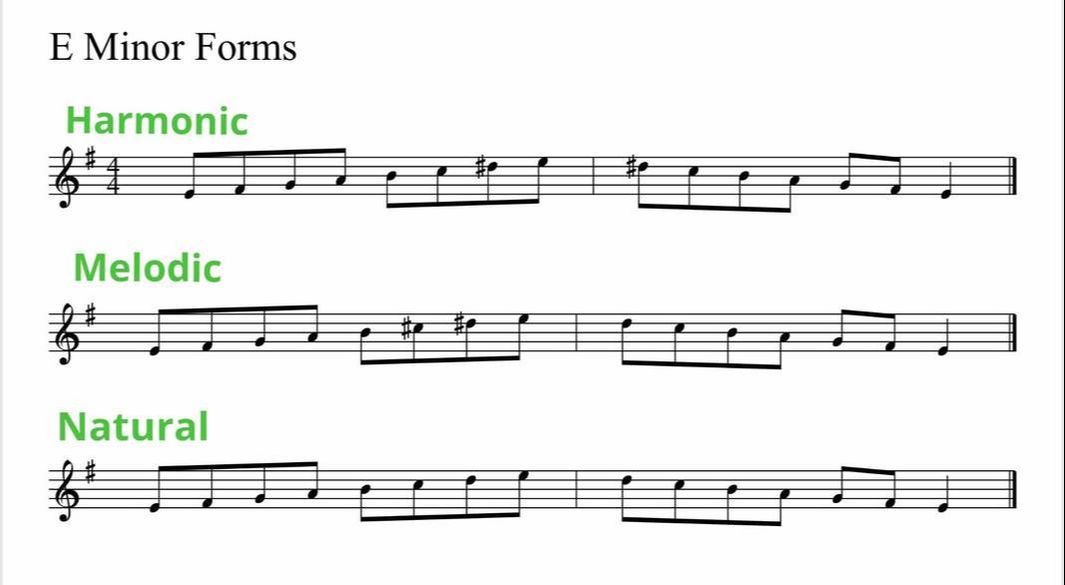


Relative Majors And Minors How To Work Out Minor Scales On The Piano Ruth Pheasant Piano Lessons



Fundamental Music Theory Series Scales Philip Wesley



The Minor Scales Music Theory Academy



The Minor Scales Natural Harmonic And Melodic Hello Music Theory



The E Minor Scales
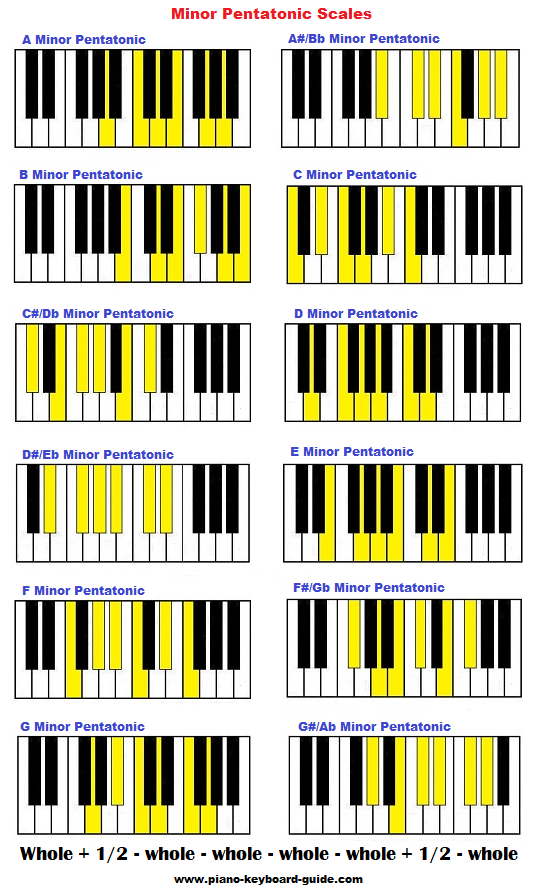


Pentatonic Scale On Piano Major And Minor


コメント
コメントを投稿